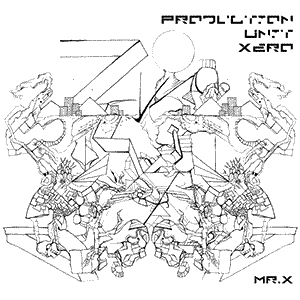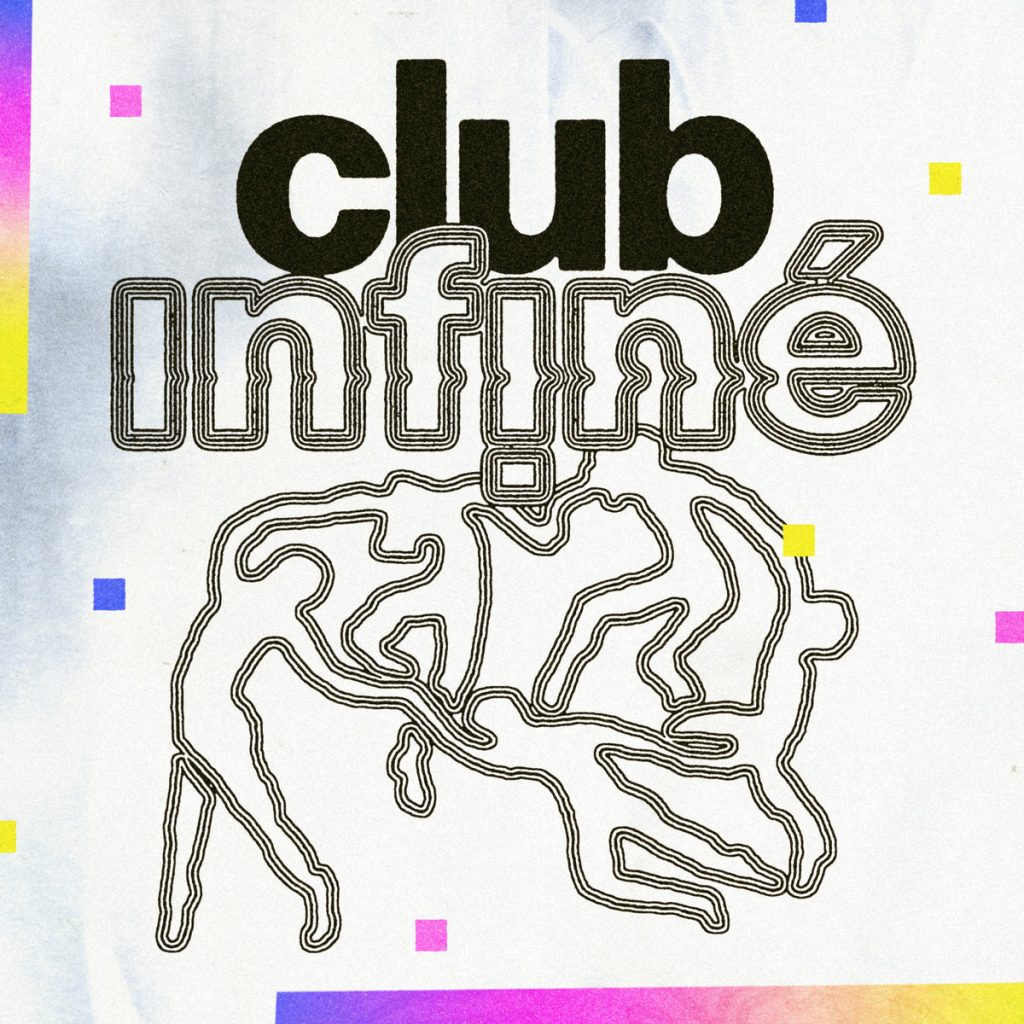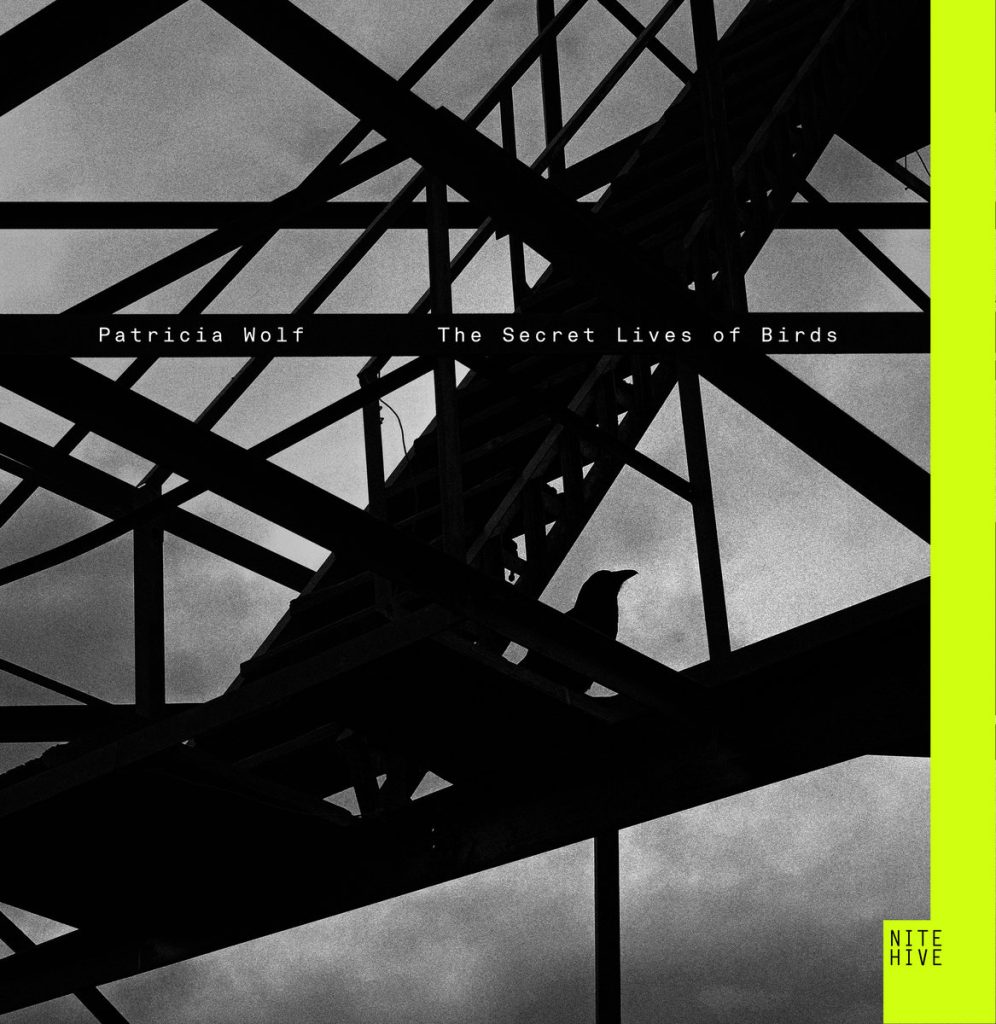What is Ambient Drone?
In the vast expanse of modern music, Ambient Drone occupies a unique place, threading the delicate line between minimalism and complexity, between stillness and motion. This genre, a subset of the broader ambient genre, emphasizes sustained or repeated sounds, notes, or tone clusters. These are not merely background music; they are intricate soundscapes designed to alter perception, evoke deep emotion, and transport listeners to uncharted sonic territories.
Origins and Evolution
The roots of Ambient Drone can be traced back to the experimental music of the 20th century, where composers like La Monte Young began exploring the concept of sustained tones and extended soundscapes. This approach was revolutionary, laying the groundwork for what would become drone music. The genre gained momentum in the 1970s and 1980s with the advent of electronic synthesizers and tape loops, allowing for the creation of rich, textured layers of sound.
Ambient music, as defined by Brian Eno, sought to create an immersive atmosphere, blending into the environment while simultaneously enhancing it. Drone music’s focus on sustained sounds merged seamlessly with this philosophy, giving birth to Ambient Drone. The genre is characterized by its use of lengthy audio tracks, often with very subtle or no changes at all, creating a hypnotic, meditative listening experience.
Key Influences
The influences of Ambient Drone are as varied as its sounds. The genre draws from minimalist classical music, Indian classical music (notably the drone of the tanpura), and the avant-garde electronic experiments of the mid-20th century. The work of artists like Eliane Radigue, Phill Niblock, and Pauline Oliveros has been pivotal, using analog synthesizers, magnetic tape, and other electronic media to explore sustained soundscapes.
Ambient Drone also owes a debt to the ambient pioneers of the 1970s, including Brian Eno and Robert Fripp, whose experiments with tape loops and electronic effects created lush, immersive soundscapes. Additionally, the genre has been influenced by the sounds of nature and the universe—such as the hum of the Earth or the cosmic drone of space—reflecting a deep connection to the natural and the cosmic.
Top Artists and Albums
The Ambient Drone genre is home to many artists whose work has defined and expanded the boundaries of what music can be. Here are a few key figures and their seminal albums:
- Stars of the Lid:
- Album: “The Tired Sounds of Stars of the Lid” (2001)
- Stars of the Lid are masters of creating expansive, cinematic soundscapes that stretch the limits of drone and ambient music.
- Tim Hecker:
- Album: “Harmony in Ultraviolet” (2006)
- Tim Hecker’s work in Ambient Drone is marked by its textured layers and emotional depth, utilizing both electronic and acoustic sources to create his soundscapes.
- William Basinski:
- Album: “The Disintegration Loops” (2002-2003)
- Basinski’s exploration of decay and degradation through tape loops has resulted in one of the most haunting and poignant works in the Ambient Drone genre.
- Grouper:
- Album: “Ruins” (2014)
- Grouper, the project of artist Liz Harris, uses minimalistic piano and vocal effects to create deeply atmospheric and introspective drone music.
- Eliane Radigue:
- Album: “Trilogie de la Mort” (1998)
- A pioneer in electronic music, Radigue’s work is a profound exploration of sustained tones and slowly evolving sounds.
Cultural Impact and Scene
Ambient Drone music often transcends the traditional listening experience, offering soundscapes that can be both deeply personal and universally resonant. The genre has found a home in art installations, meditation sessions, and even in therapeutic contexts, highlighting its versatility and its ability to connect on a profound level with listeners.
The Ambient Drone scene is vibrant and diverse, encompassing live performances, online streaming, and physical releases. The genre’s community is spread across the globe, connected by a shared appreciation for the power of sustained sound to evoke emotion, provoke thought, and create a sense of space.
Contemporary Trends
Today, Ambient Drone continues to evolve, incorporating new technologies and influences. Artists are experimenting with digital synthesis, field recordings, and even AI to push the genre in new directions. The rise of online platforms has also democratized the genre, allowing more artists to share their work with a global audience and fostering a rich, diverse community of creators and listeners.
Exploring Ambient Drone
Ambient Drone invites listeners to engage with music in a way that is both active and reflective. It challenges preconceived notions of what music can be, offering soundscapes that are as complex as they are minimalist. For those willing to embark on this
Ambient Drone Album of the Month – Music For Astral Travel Vol 1 & 2 – Production Unit Xero




